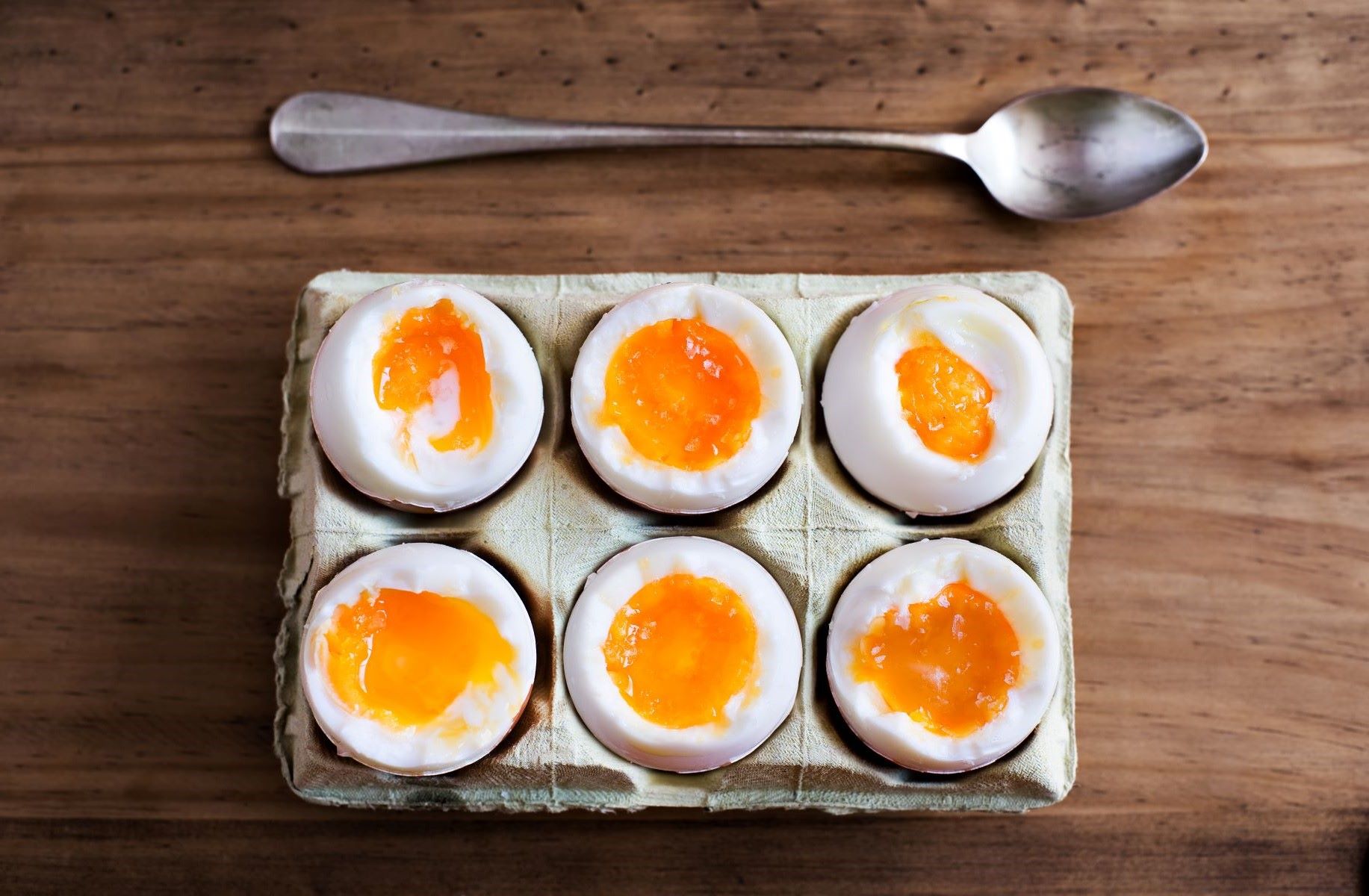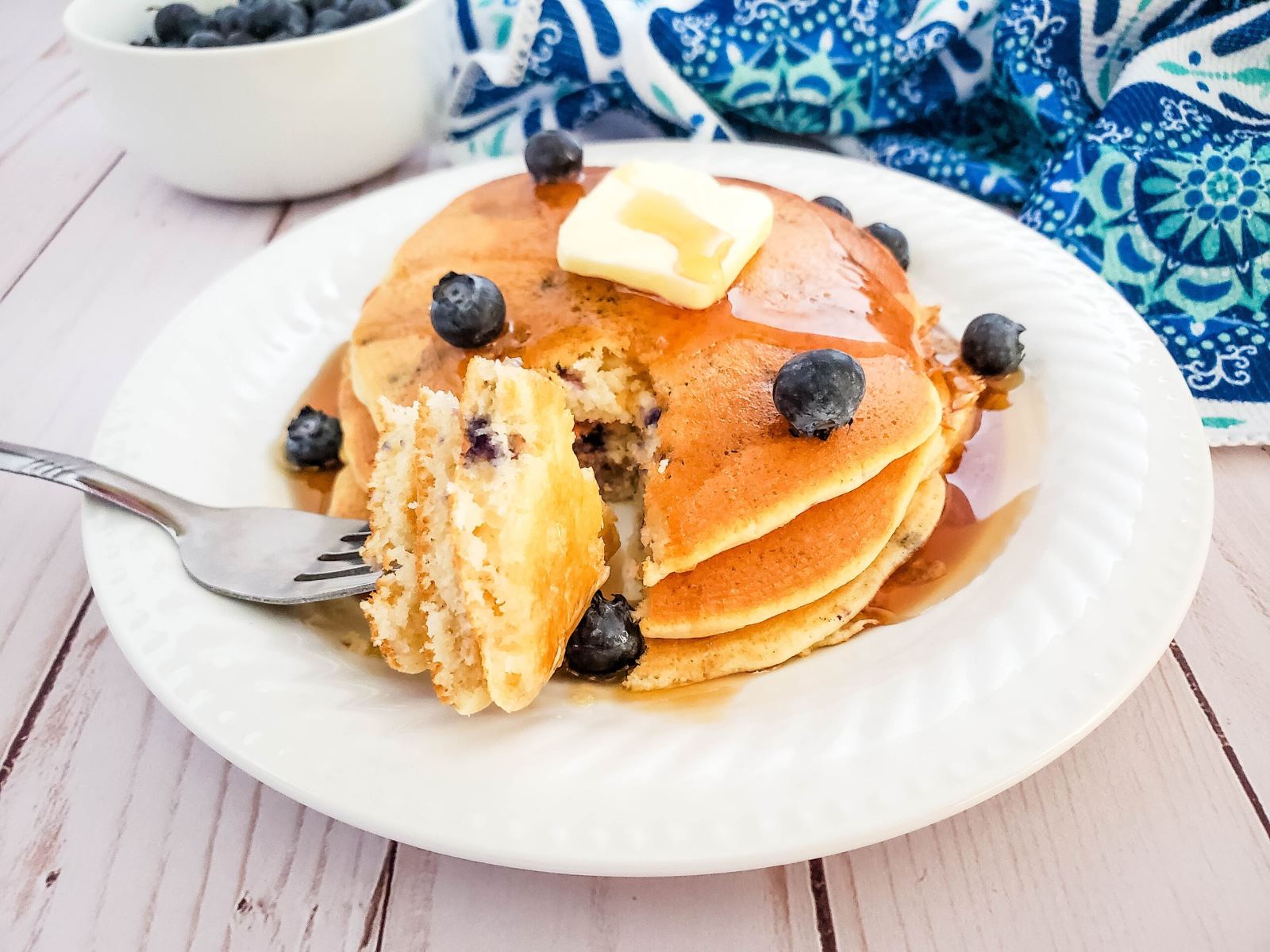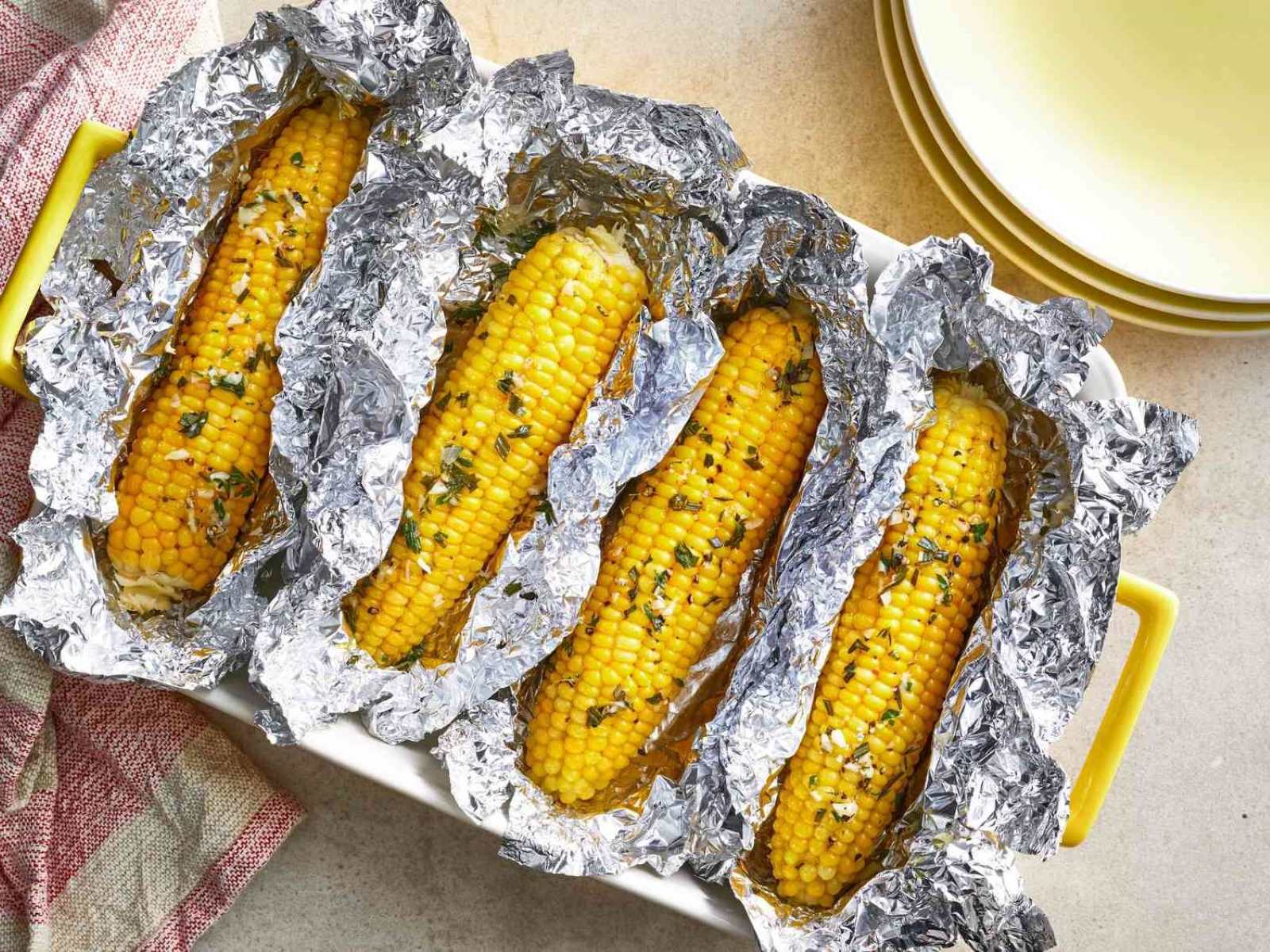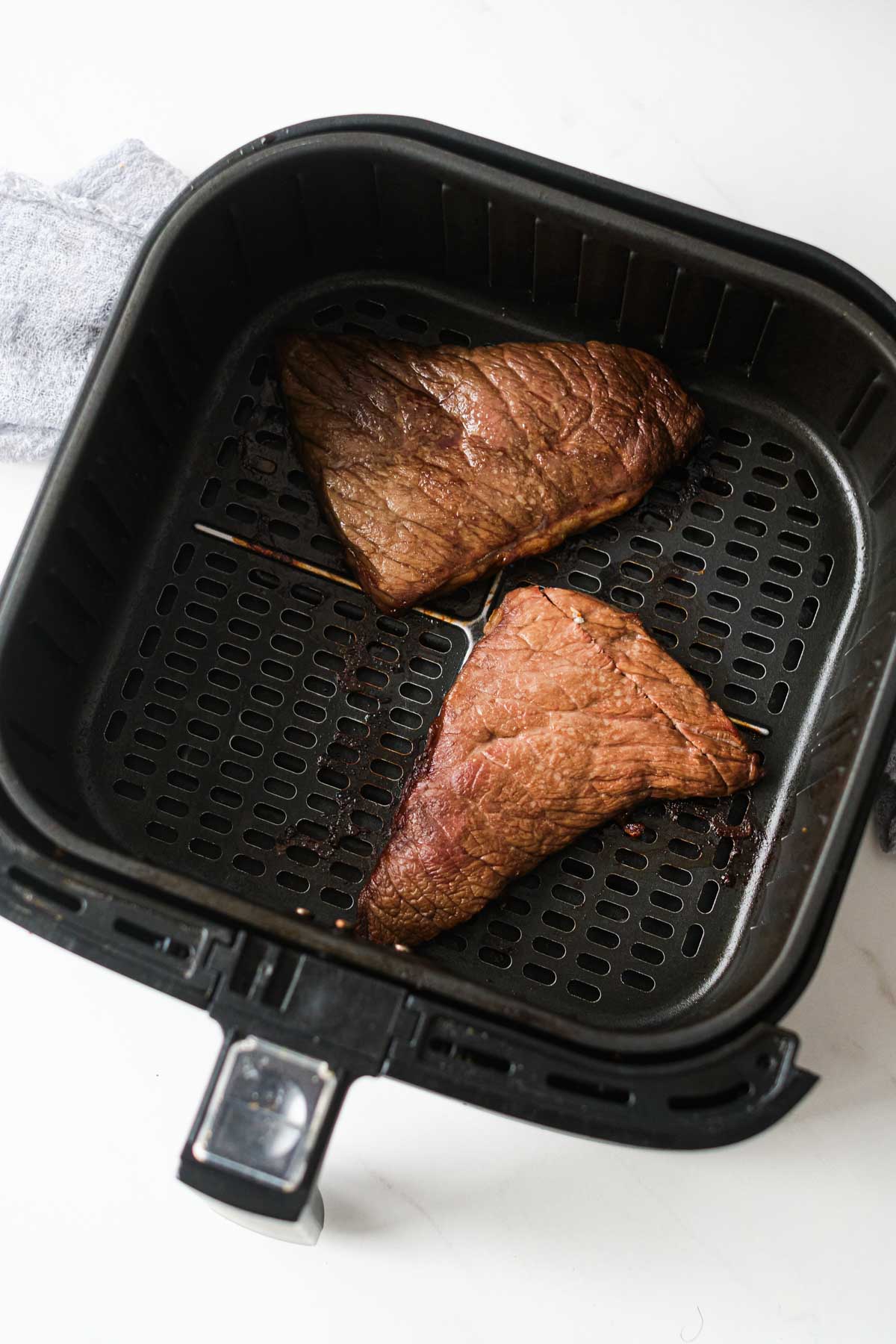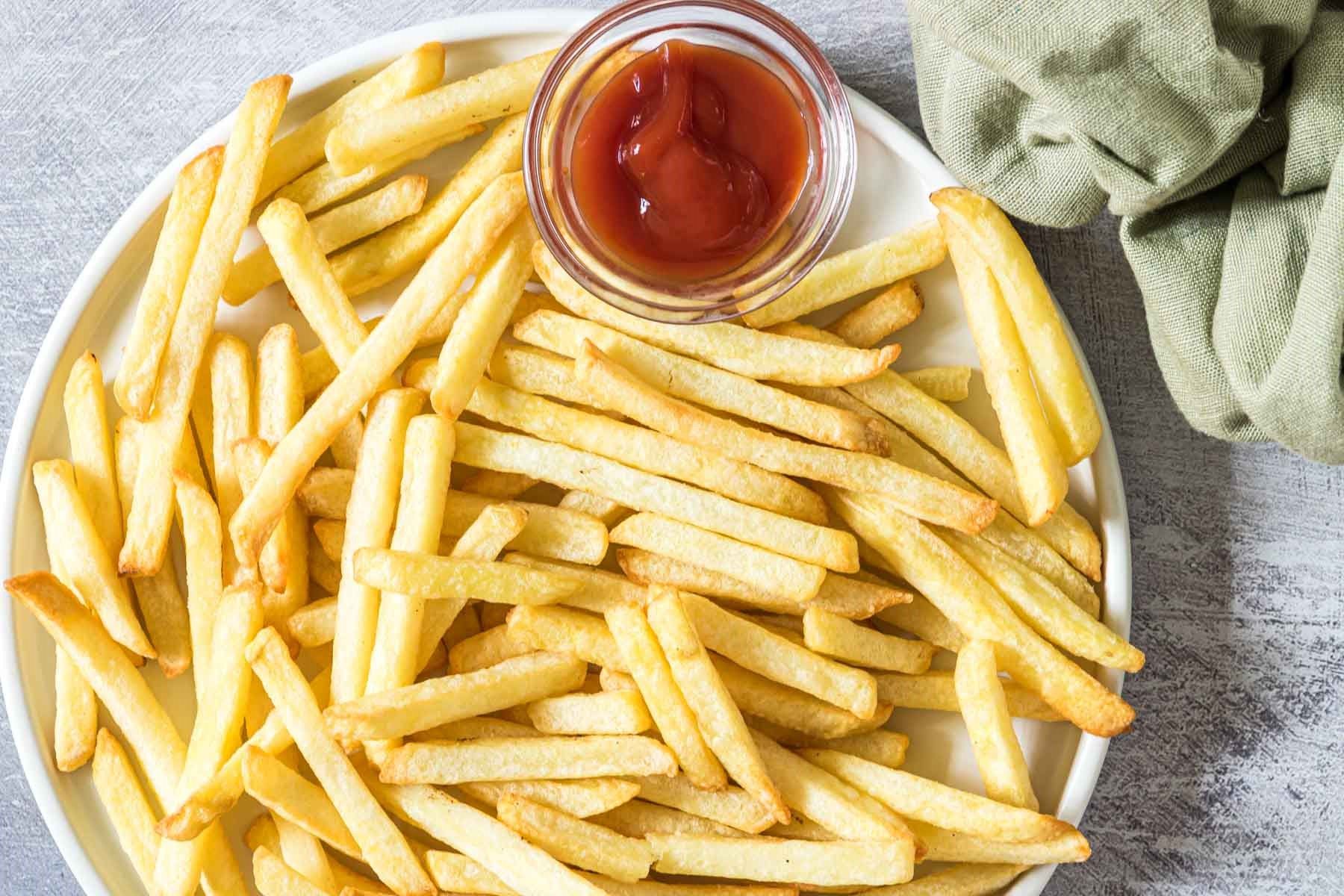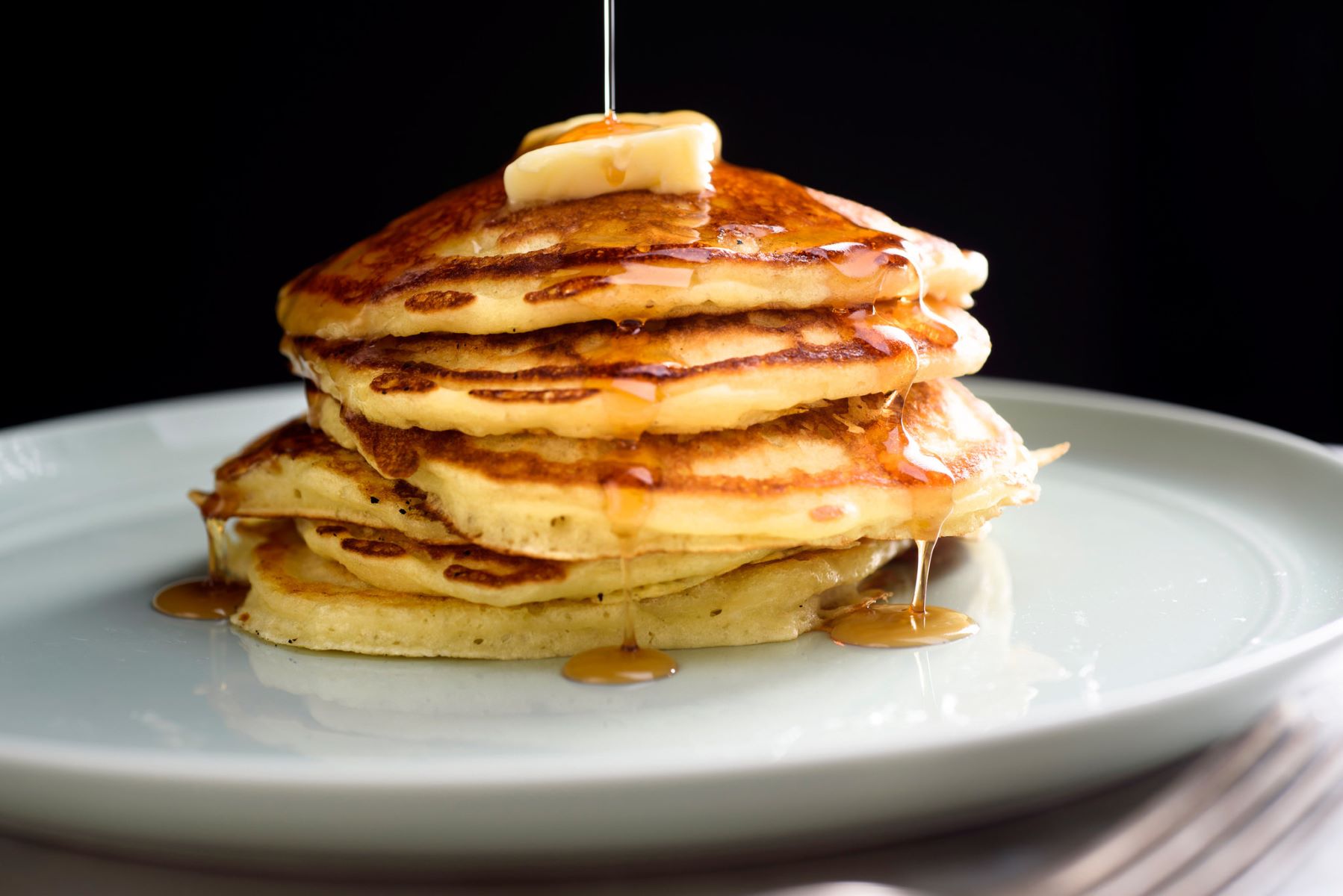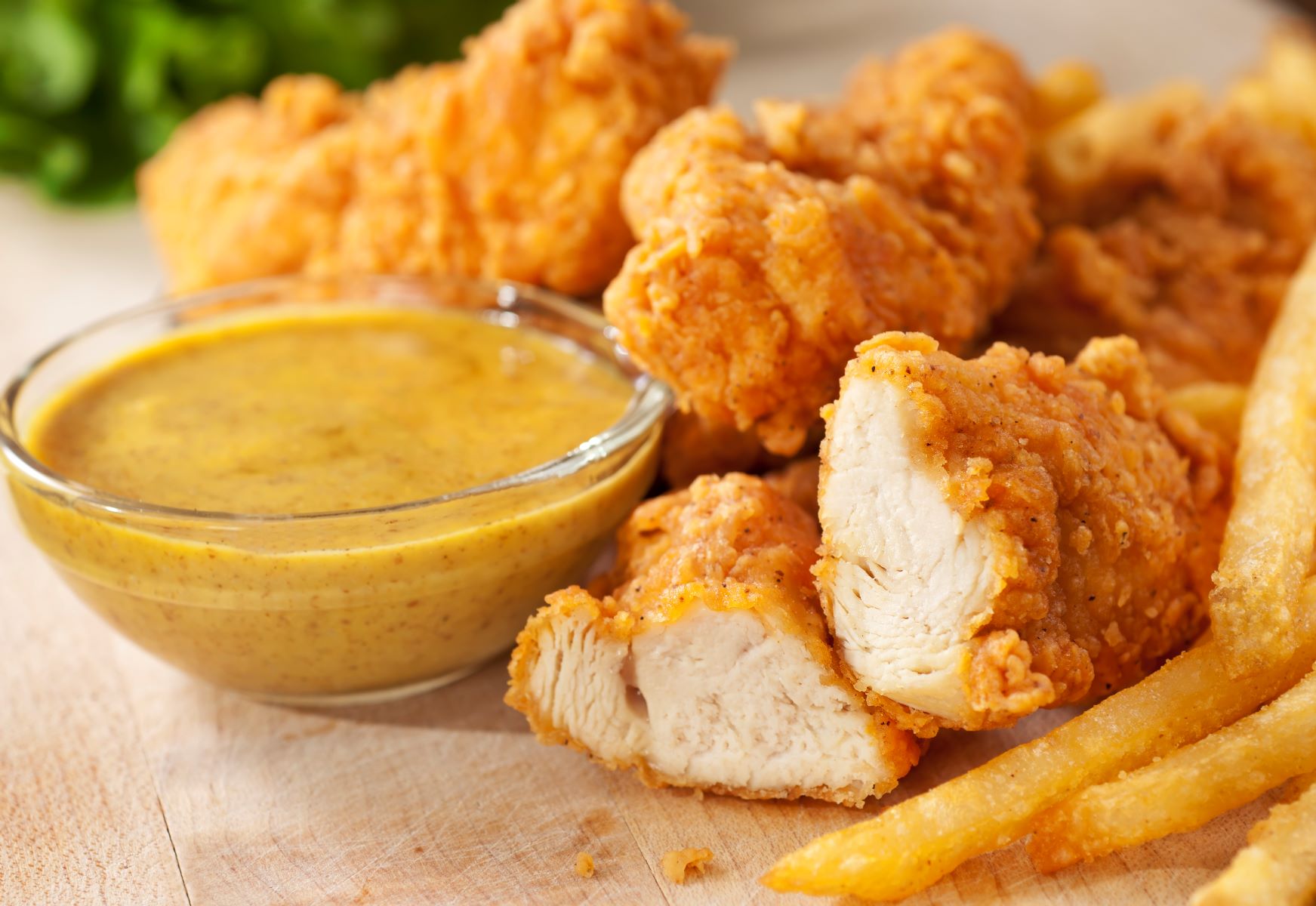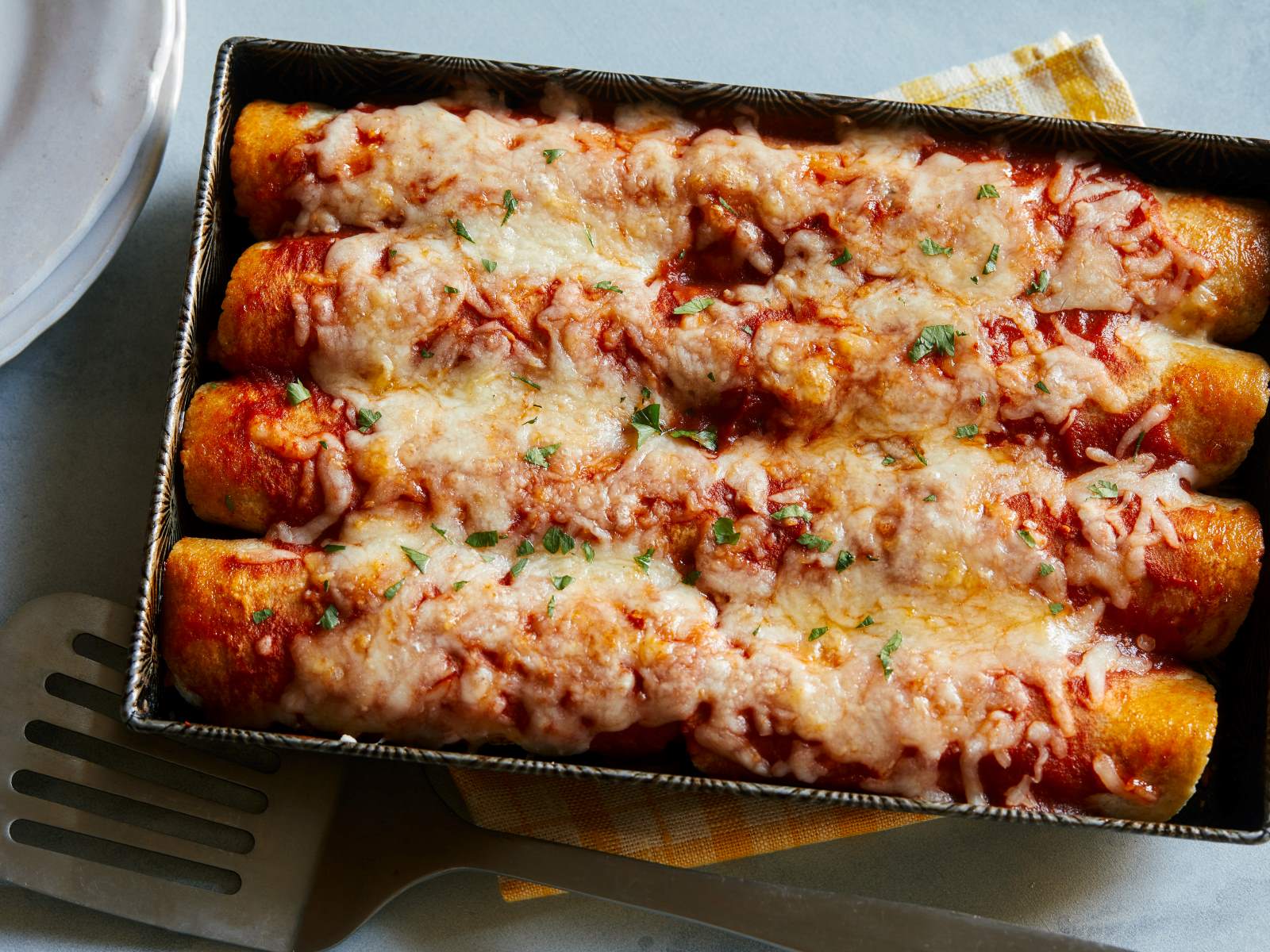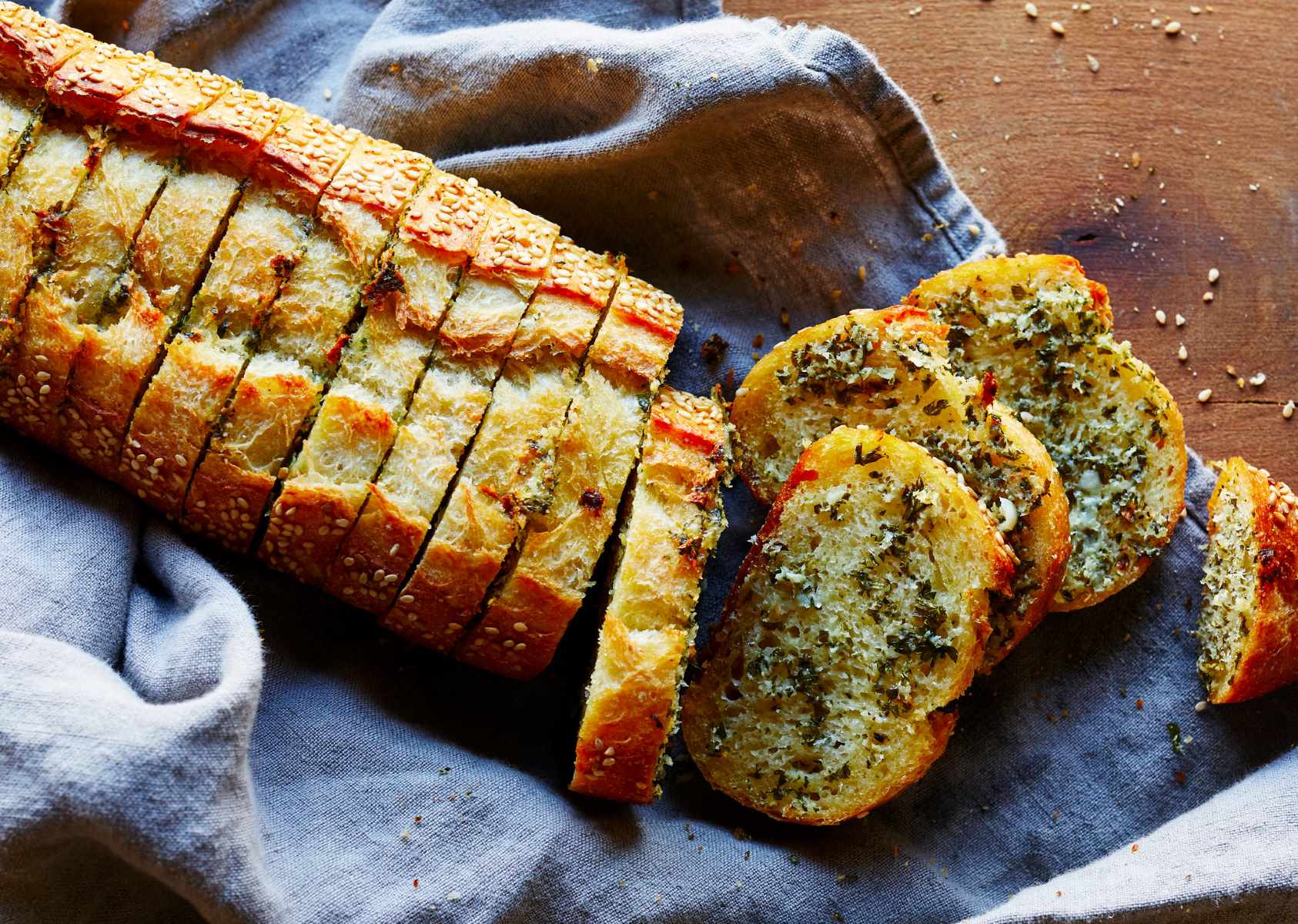Home>Food and Cooking>How To Reheat Pancakes
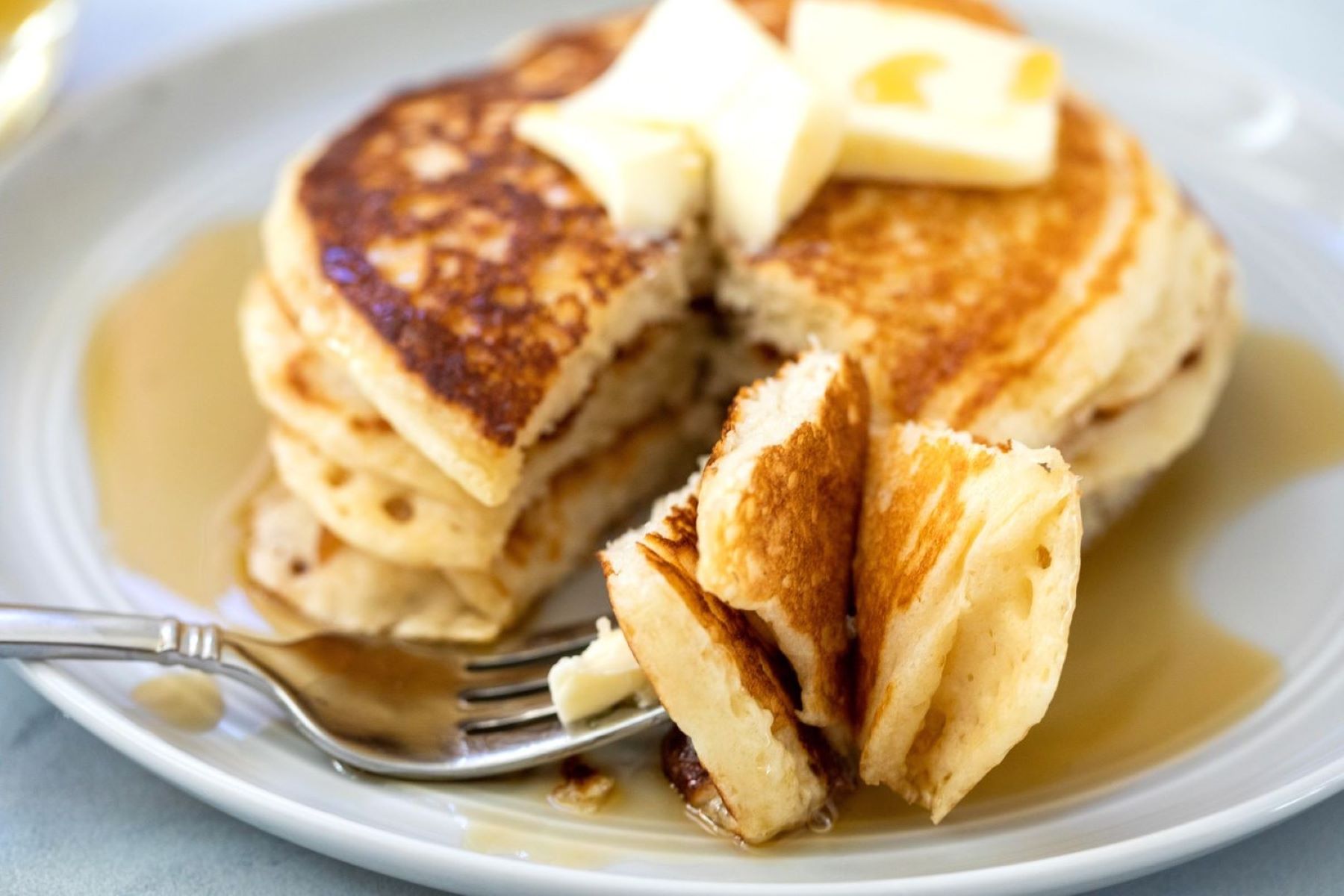

Food and Cooking
How To Reheat Pancakes
Published: March 6, 2024
Learn the best methods for reheating pancakes to enjoy them fresh and warm. Discover expert tips for food and cooking enthusiasts.
(Many of the links in this article redirect to a specific reviewed product. Your purchase of these products through affiliate links helps to generate commission for Regretless.com, at no extra cost. Learn more)
Table of Contents
Introduction
Pancakes are a beloved breakfast staple enjoyed by people of all ages. Whether you prefer them fluffy and thick or thin and crispy, pancakes are a versatile treat that can be customized with various toppings and flavors. However, there are times when we make more pancakes than we can eat in one sitting, leaving us with leftovers that need to be reheated. Knowing how to reheat pancakes properly is essential to preserve their delicious texture and flavor.
Reheating pancakes may seem like a simple task, but there are several methods to consider, each with its own set of advantages and potential pitfalls. From the convenience of the microwave to the oven's ability to maintain the pancakes' original texture, the choice of reheating method can significantly impact the final outcome.
In this comprehensive guide, we will explore various methods for reheating pancakes, providing detailed instructions and tips to help you achieve the perfect results every time. Whether you're a fan of classic buttermilk pancakes, indulgent chocolate chip pancakes, or savory potato pancakes, this guide will equip you with the knowledge and techniques needed to reheat your favorite pancakes to perfection.
By understanding the nuances of each reheating method and implementing the tips and tricks shared in this guide, you can elevate your pancake reheating game and ensure that every bite is as delightful as the first. So, let's dive into the world of pancake reheating methods and discover the secrets to enjoying leftover pancakes as if they were freshly made.
Read more: How To Reheat Lasagna
Methods for Reheating Pancakes
When it comes to reheating pancakes, there are several methods to choose from, each offering unique advantages and considerations. Whether you're aiming for speed and convenience or prioritizing the preservation of the pancakes' original texture, selecting the right reheating method can make a significant difference in the final outcome. Let's explore the various methods for reheating pancakes and delve into the specific techniques for each approach.
Reheating Pancakes in the Microwave
The microwave is often the go-to choice for reheating pancakes due to its convenience and speed. To reheat pancakes in the microwave, place a stack of pancakes on a microwave-safe plate and cover them with a damp paper towel to help retain moisture. Heat the pancakes in 20 to 30-second intervals, checking for the desired warmth between each interval. Be cautious not to overheat the pancakes, as this can result in a rubbery texture. While the microwave offers quick results, it may not preserve the pancakes' original texture as effectively as other methods.
Reheating Pancakes in the Oven
Reheating pancakes in the oven is a preferred method for those who prioritize maintaining the pancakes' texture and avoiding sogginess. Preheat the oven to a low temperature, around 275°F (135°C), and place the pancakes on a baking sheet lined with parchment paper. Cover the pancakes with aluminum foil to prevent excessive drying, and heat them for 10-15 minutes. This method allows the pancakes to warm through evenly, resulting in a texture that closely resembles freshly made pancakes.
Reheating Pancakes on the Stovetop
Reheating pancakes on the stovetop offers a balance between convenience and texture preservation. Start by preheating a non-stick skillet or griddle over low to medium heat. Place the pancakes in a single layer on the heated surface and warm them for 1-2 minutes on each side. This method allows for precise control over the heating process, ensuring that the pancakes are warmed evenly without becoming overly dry or rubbery.
By understanding the nuances of each reheating method, you can select the approach that best aligns with your preferences and priorities. Whether you opt for the quick convenience of the microwave, the texture-preserving qualities of the oven, or the balanced control of the stovetop, mastering the art of reheating pancakes will elevate your breakfast experience and allow you to savor every bite of your favorite leftover pancakes.
Read more: How To Reheat A Burrito
Reheating Pancakes in the Microwave
Reheating pancakes in the microwave is a popular and convenient method that offers quick results for those craving a speedy breakfast fix. This approach is particularly handy for busy mornings or when time is of the essence. To reheat pancakes in the microwave, start by placing a stack of pancakes on a microwave-safe plate. Cover the pancakes with a damp paper towel, which helps to retain moisture during the reheating process. The moisture from the paper towel prevents the pancakes from drying out and becoming tough, ensuring that they remain tender and enjoyable.
When heating the pancakes, it's essential to do so in short intervals to avoid overcooking. Microwave the pancakes in 20 to 30-second bursts, checking for the desired warmth between each interval. This incremental approach allows for precise control over the reheating process, preventing the pancakes from becoming excessively hot or developing a rubbery texture. It's important to exercise caution and avoid overheating the pancakes, as this can compromise their quality and result in an unsatisfactory eating experience.
The microwave's rapid heating capabilities make it an attractive option for those seeking immediate results. However, it's important to note that while the microwave offers convenience, it may not preserve the pancakes' original texture as effectively as other reheating methods. The rapid heating process can lead to uneven warming, potentially resulting in areas of the pancakes becoming overly hot while others remain cool. Additionally, the microwave's intense heat can cause moisture loss, leading to dry and rubbery pancakes if not monitored carefully.
Despite its potential drawbacks, reheating pancakes in the microwave can yield satisfactory results when executed with care. By following the recommended steps and exercising vigilance during the reheating process, you can enjoy warm and tender pancakes that are reminiscent of their freshly made counterparts. The microwave's convenience and speed make it a valuable tool for quick breakfast solutions, allowing you to indulge in delicious pancakes without the need for extensive preparation or cleanup.
In summary, reheating pancakes in the microwave offers a swift and efficient method for enjoying leftover pancakes. While it may not preserve the pancakes' original texture as effectively as other methods, the microwave's convenience and speed make it a practical choice for those seeking a speedy breakfast option. With proper attention to detail and careful monitoring, reheating pancakes in the microwave can deliver warm and satisfying results, ensuring that every bite is a delightful experience.
Reheating Pancakes in the Oven
Reheating pancakes in the oven is a favored method for those who prioritize maintaining the pancakes' texture and avoiding sogginess. This approach offers a balance between convenience and texture preservation, making it an attractive option for individuals who appreciate the qualities of freshly made pancakes. The oven's gentle and even heat distribution allows the pancakes to warm through uniformly, resulting in a texture that closely resembles their initial state.
To reheat pancakes in the oven, begin by preheating the oven to a low temperature, typically around 275°F (135°C). This moderate heat setting ensures that the pancakes warm gradually, preventing them from becoming overly dry or developing a tough consistency. Once the oven reaches the desired temperature, place the pancakes on a baking sheet lined with parchment paper. The parchment paper helps to prevent the pancakes from sticking to the baking sheet and facilitates easy cleanup afterward.
To shield the pancakes from excessive drying while they warm, cover them with aluminum foil before placing them in the oven. The foil acts as a protective barrier, trapping moisture and preventing it from evaporating, thus preserving the pancakes' tenderness. Allow the pancakes to heat in the oven for approximately 10-15 minutes, monitoring them periodically to ensure they reach the desired warmth without becoming overly hot.
The oven's gentle and consistent heat allows the pancakes to warm through evenly, effectively reviving their delightful texture and flavor. Unlike the microwave, which can sometimes lead to uneven heating, the oven offers a more controlled and predictable reheating environment. This method is particularly beneficial for thicker or denser pancakes, as it allows the heat to penetrate evenly, ensuring that the entire pancake is warmed through without compromising its integrity.
Reheating pancakes in the oven is a reliable and effective method for preserving the pancakes' original qualities, making it an ideal choice for those who appreciate the nuances of texture and flavor. By leveraging the oven's gentle heat and employing the recommended techniques, you can enjoy warm and tender pancakes that closely resemble their freshly made counterparts. This approach is particularly well-suited for individuals who value the experience of savoring pancakes with a texture and warmth reminiscent of a freshly prepared batch.
Reheating Pancakes on the Stovetop
Reheating pancakes on the stovetop offers a balance between convenience and texture preservation, making it a preferred method for those who seek precise control over the reheating process. This approach allows for direct heat application, ensuring that the pancakes warm evenly without becoming overly dry or rubbery. By leveraging the stovetop's heat distribution and the ability to monitor the pancakes closely, you can achieve optimal results that closely resemble freshly made pancakes.
To begin the reheating process on the stovetop, it's essential to preheat a non-stick skillet or griddle over low to medium heat. The gentle heat setting prevents the pancakes from becoming excessively hot too quickly, allowing for a gradual and controlled reheating process. Once the skillet or griddle is adequately preheated, place the pancakes in a single layer on the heated surface. This arrangement ensures that each pancake receives uniform heat distribution, promoting consistent warming throughout.
As the pancakes warm on the stovetop, it's recommended to monitor them closely and flip them as needed to ensure even heating on both sides. Reheating pancakes on the stovetop typically requires 1-2 minutes on each side, although the exact duration may vary based on the thickness and density of the pancakes. This hands-on approach allows for precise control over the reheating process, ensuring that the pancakes reach the desired warmth without becoming overly dry or losing their tenderness.
The stovetop's direct heat application and the ability to adjust the temperature as needed make it an ideal environment for reheating pancakes. Unlike the microwave, which can sometimes lead to uneven heating, the stovetop allows for hands-on control, enabling you to tailor the reheating process to the specific characteristics of the pancakes. This method is particularly advantageous for pancakes with delicate fillings or toppings, as it minimizes the risk of overheating and preserves their original qualities.
Reheating pancakes on the stovetop is a versatile and effective method that caters to individuals who value the experience of enjoying pancakes with a texture and warmth reminiscent of freshly made ones. By leveraging the stovetop's heat control and employing the recommended techniques, you can savor warm and tender pancakes that closely resemble their initial state. Whether you prefer classic buttermilk pancakes, indulgent chocolate chip pancakes, or savory potato pancakes, the stovetop method ensures that every bite is a delightful experience.
In summary, reheating pancakes on the stovetop provides a hands-on approach that allows for precise control over the reheating process, resulting in warm and tender pancakes that closely resemble their freshly made counterparts. This method offers a balance between convenience and texture preservation, making it an ideal choice for individuals who appreciate the nuances of pancake enjoyment.
Tips for Reheating Pancakes
When it comes to reheating pancakes, a few simple tips can make a significant difference in the outcome, ensuring that your leftover pancakes are warm, tender, and delightful. Whether you're using the microwave, oven, or stovetop, these tips will help you achieve optimal results and elevate your pancake reheating game.
-
Moisture Retention: To prevent your pancakes from becoming dry during reheating, consider using a damp paper towel when microwaving or covering them with aluminum foil in the oven. These methods help to retain moisture, preserving the pancakes' tenderness and preventing them from developing a tough texture.
-
Even Heating: Regardless of the reheating method you choose, strive for even heating to ensure that the pancakes warm through uniformly. When using the microwave, heat the pancakes in short intervals and rearrange them as needed to promote consistent warming. In the oven, covering the pancakes with foil and monitoring them periodically can help achieve even heating. On the stovetop, flipping the pancakes as they warm ensures that both sides receive equal heat distribution.
-
Low Heat: Opt for low to medium heat settings when reheating pancakes to prevent them from becoming overly hot or developing a rubbery texture. Gentle and gradual heating allows the pancakes to warm through evenly, preserving their original qualities and ensuring a pleasant eating experience.
-
Monitoring: Whether you're using the microwave, oven, or stovetop, it's essential to monitor the reheating process closely. Periodically check the pancakes for the desired warmth, adjusting the heating duration as needed to prevent overcooking. This attention to detail ensures that the pancakes are warmed to perfection without compromising their texture.
-
Single Layer: When reheating pancakes on the stovetop, arrange them in a single layer on the heated surface to promote even heating. This arrangement allows for consistent heat distribution, preventing some pancakes from becoming overly hot while others remain cool.
By incorporating these tips into your pancake reheating routine, you can ensure that every bite of your leftover pancakes is as delightful as the first. Whether you're enjoying classic buttermilk pancakes, indulgent chocolate chip pancakes, or savory potato pancakes, these tips will help you savor the warmth and tenderness of your favorite breakfast treat.
Read more: How To Reheat Salmon
Conclusion
In conclusion, mastering the art of reheating pancakes is a valuable skill that allows you to savor the warmth, tenderness, and delightful flavors of leftover pancakes. Whether you opt for the quick convenience of the microwave, the texture-preserving qualities of the oven, or the balanced control of the stovetop, each reheating method offers unique advantages and considerations. By understanding the nuances of each approach and implementing the recommended techniques, you can ensure that every bite of your reheated pancakes is as enjoyable as the first.
The microwave, known for its rapid heating capabilities, provides a swift and efficient method for reheating pancakes, making it a practical choice for those seeking a speedy breakfast option. While the microwave may not preserve the pancakes' original texture as effectively as other methods, its convenience and speed make it a valuable tool for quick breakfast solutions. With proper attention to detail and careful monitoring, reheating pancakes in the microwave can deliver warm and satisfying results.
On the other hand, reheating pancakes in the oven offers a balance between convenience and texture preservation, making it an ideal choice for individuals who appreciate the qualities of freshly made pancakes. The oven's gentle and even heat distribution allows the pancakes to warm through uniformly, resulting in a texture that closely resembles their initial state. This method is particularly beneficial for those who value the experience of savoring pancakes with a texture and warmth reminiscent of a freshly prepared batch.
Reheating pancakes on the stovetop provides a hands-on approach that allows for precise control over the reheating process, resulting in warm and tender pancakes that closely resemble their freshly made counterparts. This method offers a balance between convenience and texture preservation, making it an ideal choice for individuals who appreciate the nuances of pancake enjoyment.
Regardless of the reheating method chosen, incorporating simple tips such as moisture retention, even heating, low heat settings, monitoring, and arranging the pancakes in a single layer can significantly enhance the reheating process. These tips ensure that your leftover pancakes are warm, tender, and delightful, allowing you to savor every bite with satisfaction.
In essence, whether you're enjoying classic buttermilk pancakes, indulgent chocolate chip pancakes, or savory potato pancakes, mastering the art of reheating pancakes enables you to extend the enjoyment of this beloved breakfast treat. With the knowledge and techniques shared in this guide, you can elevate your pancake reheating game and ensure that every bite is a delightful experience.
